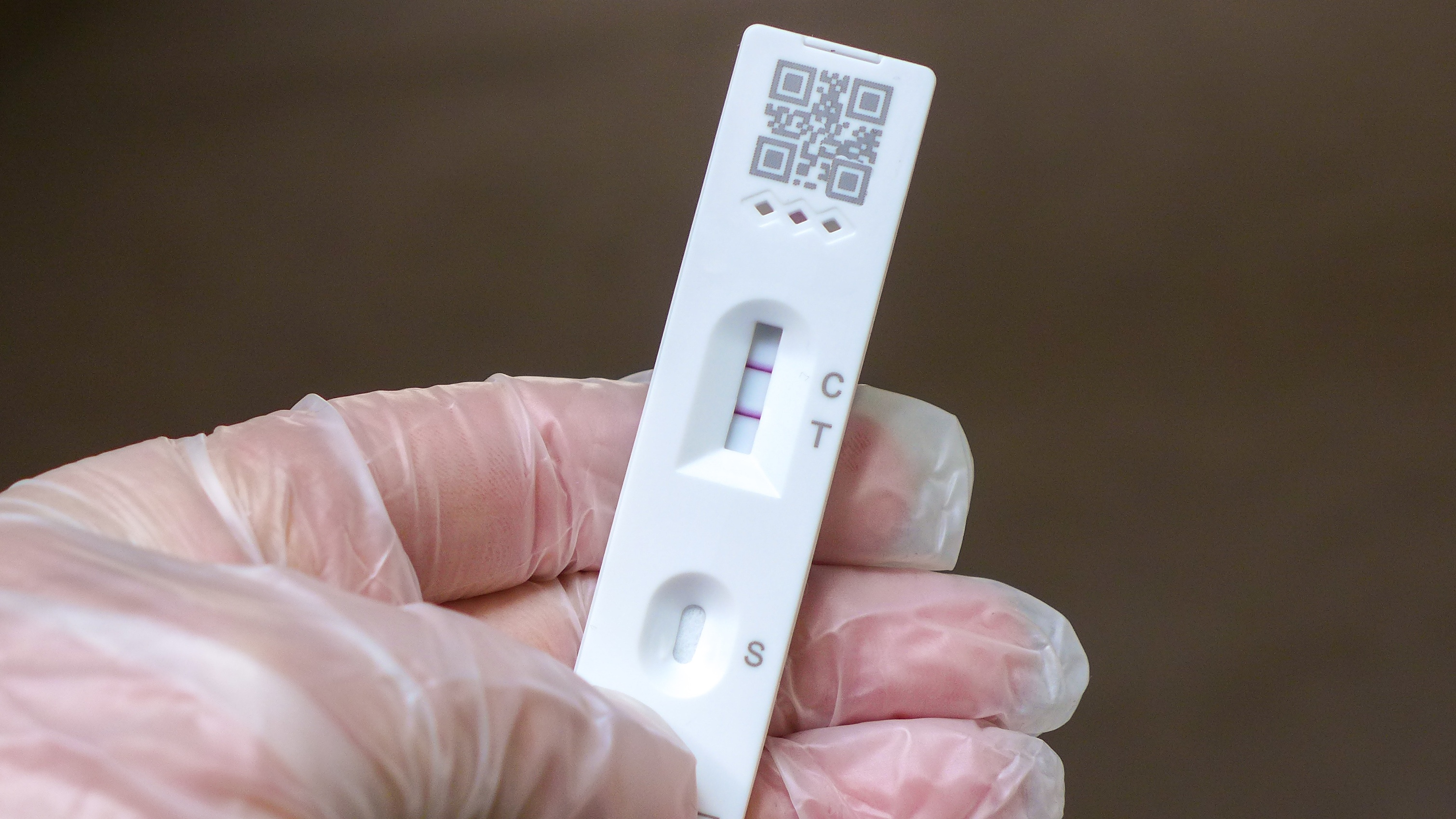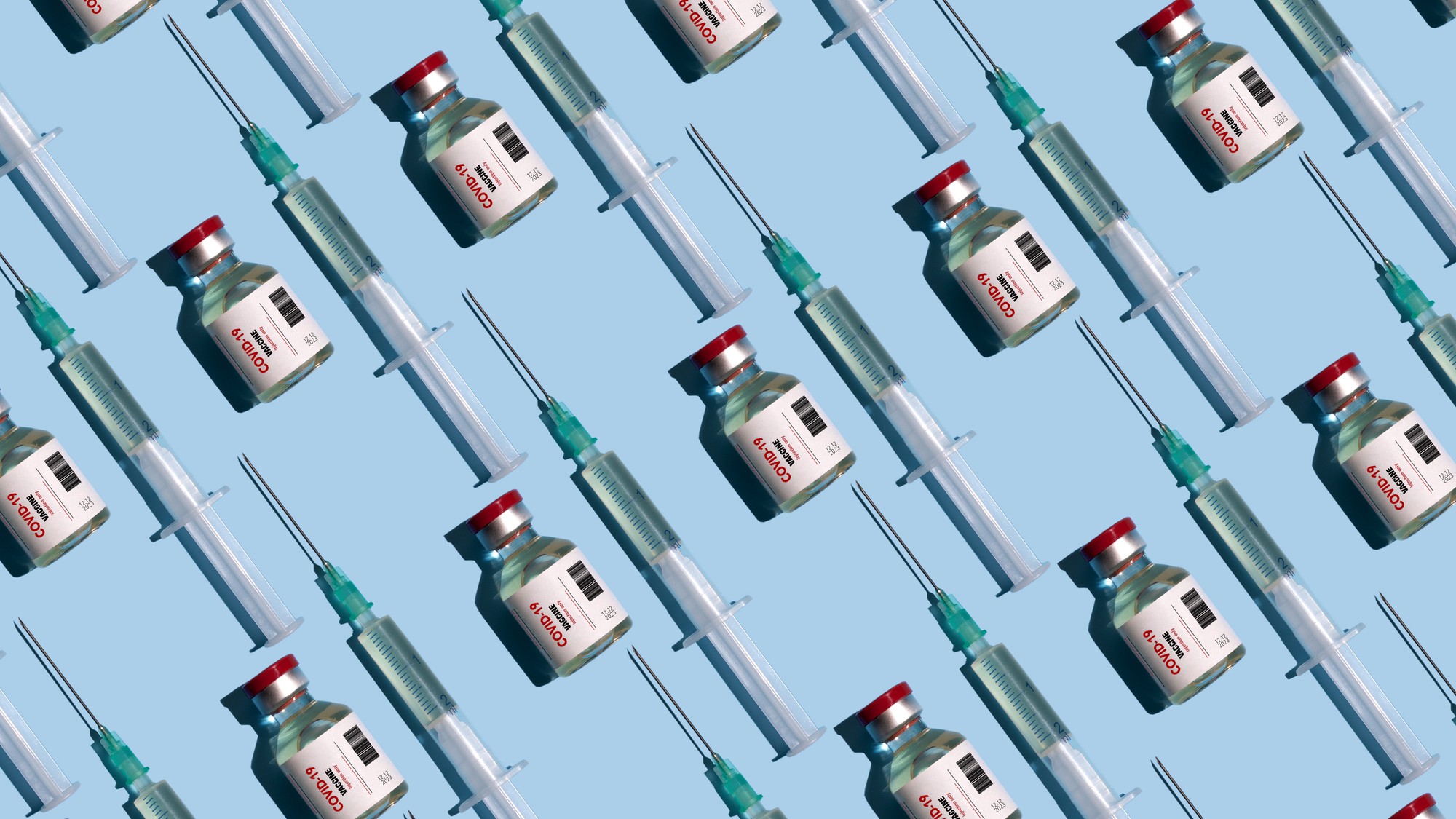BA.4 and BA.5: what the two new Omicron variants mean for the Covid pandemic
Health experts say we have entered the next wave of Covid-19 infections

Two new sub-variants of Omicron are driving up Covid-19 infection rates in the UK, leading to fears that other countries could also see a spike in cases.
The new BA.4 and BA.5 strains were discovered in South Africa in January and February and are “effectively the grandchildren of the Omicron variant of the coronavirus”, the strain that led to a widespread outbreak of Covid-19 in 2021, said The Independent.
UK entering ‘the next wave of Covid’
Cases and hospital admission are now “rising sharply” said the British Medical Journal (BMJ), with the latest data from the Office for National Statistics showing that Covid-19 infections are up 43% week on week.
The Week
Escape your echo chamber. Get the facts behind the news, plus analysis from multiple perspectives.

Sign up for The Week's Free Newsletters
From our morning news briefing to a weekly Good News Newsletter, get the best of The Week delivered directly to your inbox.
From our morning news briefing to a weekly Good News Newsletter, get the best of The Week delivered directly to your inbox.
Speaking at an Independent Sage meeting on 17 June, Kit Yates, senior lecturer, department of mathematics, University of Bath, said that the UK had entered “the next wave of Covid”.
“It is most concerning to see that there has been an increase in Covid infections in older age groups and in the 50-59 age group who have not been offered another booster yet,” he added.
The strains both have “three mutations to their spike proteins” which “enable them to retrain their attack on human lung cells”, said The Independent.
It means that they have “more in common with the earlier, more dangerous Alpha and Delta variants than the highly transmissible but milder Omicron, which targeted upper respiratory tract tissue”, the paper explained.
A free daily email with the biggest news stories of the day – and the best features from TheWeek.com
The mutations mean that the strains might be able to “sidestep antibodies from past infections or vaccination and therefore overcome immunity”.
Preliminary data gathered by Professor Kei Sato of the University of Tokyo indicates that the variants pose a “potentially greater” risk to global populations than Omicron, reported the paper.
Strains to become dominant in Europe
BA.4 and BA.5 were officially designated as variants of concern in the UK on 20 May 2022. Since then, other European nations have reported an increase in infections from these strains, with the European Centre for Disease Prevention and Control (ECDC) warning on 13 June that “the growth advantage reported for BA.4 and BA.5 suggest that these variants will become dominant throughout the EU and EEA, probably resulting in an increase in Covid-19 cases in coming weeks.”
The ECDC said that while there was “no evidence” of the BA.4 and BA.5 strains being associated with “increased infection severity” compared to strains currently in circulation, it warned that “as in previous waves, an increase in Covid-19 cases overall can result in an increase in hospitalisations, ICU admissions and deaths”.
Christina Pagel, professor of operational research at University College London, wrote in the BMJ that the UK would be “the first (but not the last) major country to have a BA.4.5 wave after having had two previous Omicron waves”.
She wrote that the size of the coming wave is likely to be reduced by the “additional protection” given to the population by the high number of infections the country saw in March. But she warned that “a significant proportion of the country will get sick, especially as boosters are waning.”
NHS England medical director Steve Powis told the Health Service Journal that he expects fewer admissions during the new wave of Covid-19 infections than the last two surges, but he added: “We are likely to see a bit of an increase over the next few weeks.”
-
 Covid-19 mRNA vaccines could help fight cancer
Covid-19 mRNA vaccines could help fight cancerUnder the radar They boost the immune system
-
 The new Stratus Covid strain – and why it’s on the rise
The new Stratus Covid strain – and why it’s on the riseThe Explainer ‘No evidence’ new variant is more dangerous or that vaccines won’t work against it, say UK health experts
-
 RFK Jr. vaccine panel advises restricting MMRV shot
RFK Jr. vaccine panel advises restricting MMRV shotSpeed Read The committee voted to restrict access to a childhood vaccine against chickenpox
-
 RFK Jr. scraps Covid shots for pregnant women, kids
RFK Jr. scraps Covid shots for pregnant women, kidsSpeed Read The Health Secretary announced a policy change without informing CDC officials
-
 New FDA chiefs limit Covid-19 shots to elderly, sick
New FDA chiefs limit Covid-19 shots to elderly, sickspeed read The FDA set stricter approval standards for booster shots
-
 RFK Jr.: A new plan for sabotaging vaccines
RFK Jr.: A new plan for sabotaging vaccinesFeature The Health Secretary announced changes to vaccine testing and asks Americans to 'do your own research'
-
 Five years on: How Covid changed everything
Five years on: How Covid changed everythingFeature We seem to have collectively forgotten Covid’s horrors, but they have completely reshaped politics
-
 HMPV is spreading in China but there's no need to worry
HMPV is spreading in China but there's no need to worryThe Explainer Respiratory illness is common in winter

